Arches National Park, located in eastern Utah, is famous for its stunning red rock formations, including over 2,000 natural stone arches.
This park offers breathtaking landscapes, hiking trails, and opportunities for photography. It’s a must-visit for nature lovers, hikers, and anyone interested in geology.
The park covers more than 76,000 acres and features iconic landmarks such as Delicate Arch, Landscape Arch, and Balanced Rock.



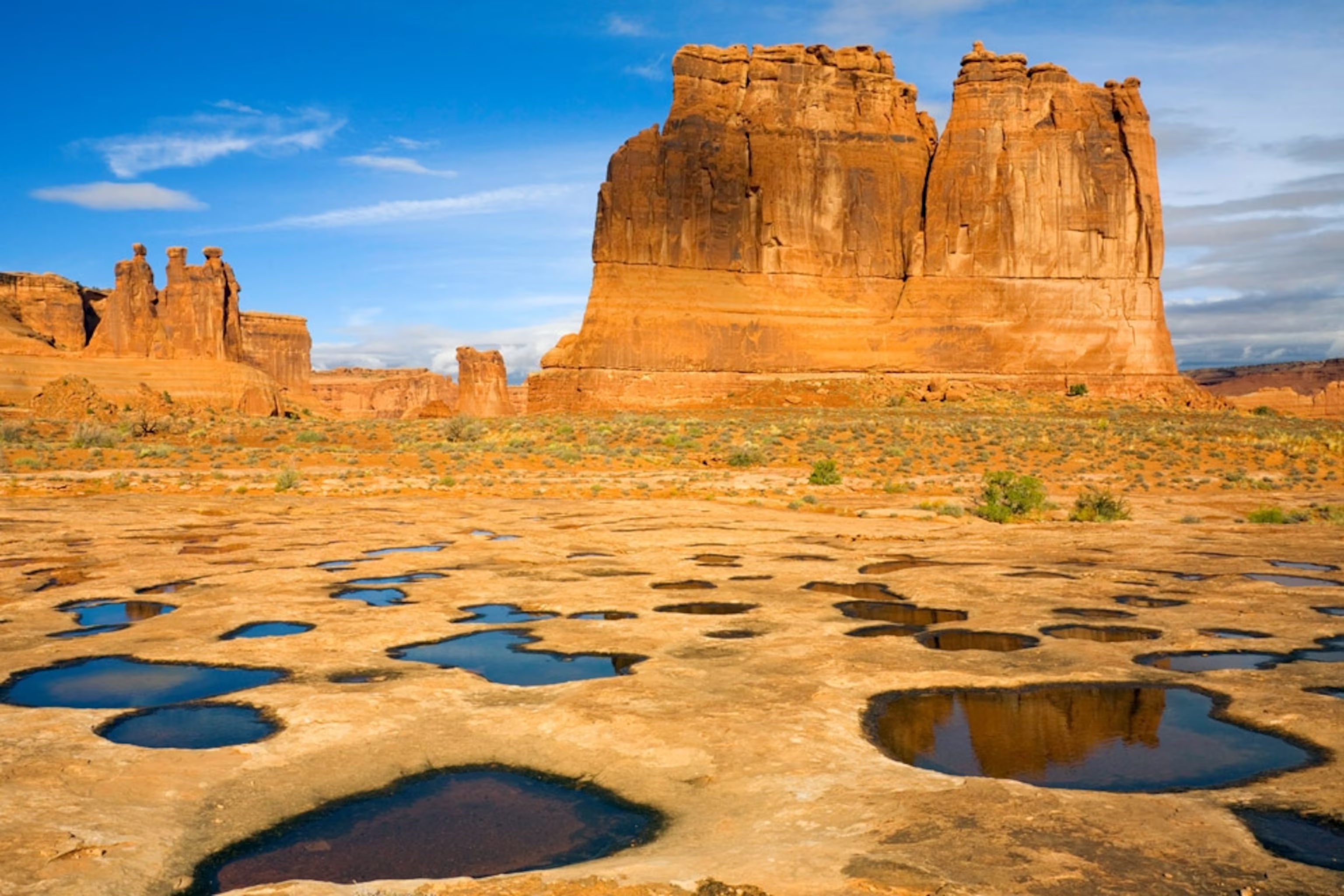





Arches National Park Travel Guide
Best Time to Visit
The best times to visit Arches National Park are in the spring (March to May) and fall (September to November). During these seasons, the temperatures are more moderate, making outdoor activities like hiking more enjoyable. Summer months can be extremely hot, with temperatures reaching over 100°F (38°C), so early morning or late afternoon visits are recommended if traveling during this time.
How to Get There
- By Car: The park is located 5 miles north of Moab, Utah, along US-191. It’s about a 4-hour drive from Salt Lake City, Utah.
- By Plane: The nearest airport is Canyonlands Field Airport (CNY), about 15 miles from the park. For more major flight options, Salt Lake City International Airport (SLC) is a good choice, followed by a drive or shuttle to Moab.
Top Attractions
- Delicate Arch: Perhaps the most famous arch in the world, Delicate Arch is a stunning free-standing formation that requires a moderately challenging 3-mile round trip hike. The best time to photograph the arch is during sunset when the golden light enhances its red-orange color.
- Landscape Arch: Located in the Devil’s Garden area, this arch is one of the longest natural stone arches in the world, stretching over 290 feet. The hike to reach it is relatively easy, making it accessible for most visitors.
- Balanced Rock: One of the park’s most iconic features, Balanced Rock is a massive boulder perched precariously on a smaller base. It’s an easy stop located near the main road, with a short walk around the formation offering close-up views.
- Devil’s Garden Trail: This trail offers access to several arches, including Double O Arch, Navajo Arch, and Partition Arch. It’s one of the park’s most popular hikes and provides stunning views of the park’s unique rock formations.
- Fiery Furnace: Fiery Furnace is a labyrinth of narrow canyons and towering rock formations. A permit or a guided ranger tour is required to explore this challenging area, as it’s easy to get lost without proper navigation skills.
Activities
- Hiking: With trails ranging from easy to strenuous, there are hikes for every level of experience. Some popular hikes include the Windows Trail, Delicate Arch Trail, and the Devil’s Garden Loop.
- Photography: The dramatic landscapes of Arches make it a paradise for photographers, especially at sunrise and sunset when the lighting is most favorable.
- Stargazing: Arches National Park is designated as an International Dark Sky Park, offering exceptional views of the night sky. For stargazing, visit Balanced Rock or the Windows section, where the Milky Way is often visible on clear nights.
Where to Stay
- Camping: The park has a single campground, Devils Garden Campground, with 51 sites. Reservations are highly recommended, especially in peak seasons. The campground offers basic amenities like restrooms and potable water.
- Hotels and Lodging: Moab, just a short drive from the park, has a variety of hotels, motels, and vacation rentals to suit different budgets. Some popular options include Moab Springs Ranch, Red Cliffs Lodge, and The Gonzo Inn.
Where to Eat
- Moab Diner: A popular local spot in nearby Moab, serving classic American comfort food.
- Sunset Grill: Offers a great menu with panoramic views of Moab and the surrounding area.
- Desert Bistro: For a more upscale dining experience, this restaurant provides a gourmet menu inspired by the southwestern landscape.
What to Pack
- Water: Arches National Park is in a desert climate, so staying hydrated is essential. Carry plenty of water, especially if hiking.
- Sun Protection: Sunscreen, sunglasses, and a wide-brimmed hat are essential to protect yourself from the intense sun.
- Hiking Gear: Sturdy shoes, trekking poles (if desired), and a daypack for snacks and water.
- Camera: The park’s landscapes are perfect for photography, so don’t forget your camera and extra batteries.
Tips for Visiting
- Start Early: The park gets crowded, especially in peak season. Arriving early in the morning helps you avoid the heat and secure parking.
- Respect Nature: Stay on marked trails to prevent erosion and damage to fragile ecosystems.
- Bring a Map: Cell phone signals are unreliable in the park, so having a physical map can be useful.
Conclusion
Arches National Park offers an unforgettable experience, showcasing the power of nature’s forces over millions of years. With its incredible formations and scenic beauty, this park should be on every traveler’s list when visiting Utah.

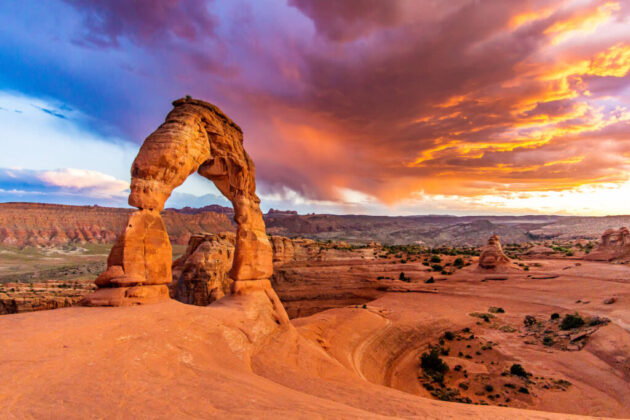









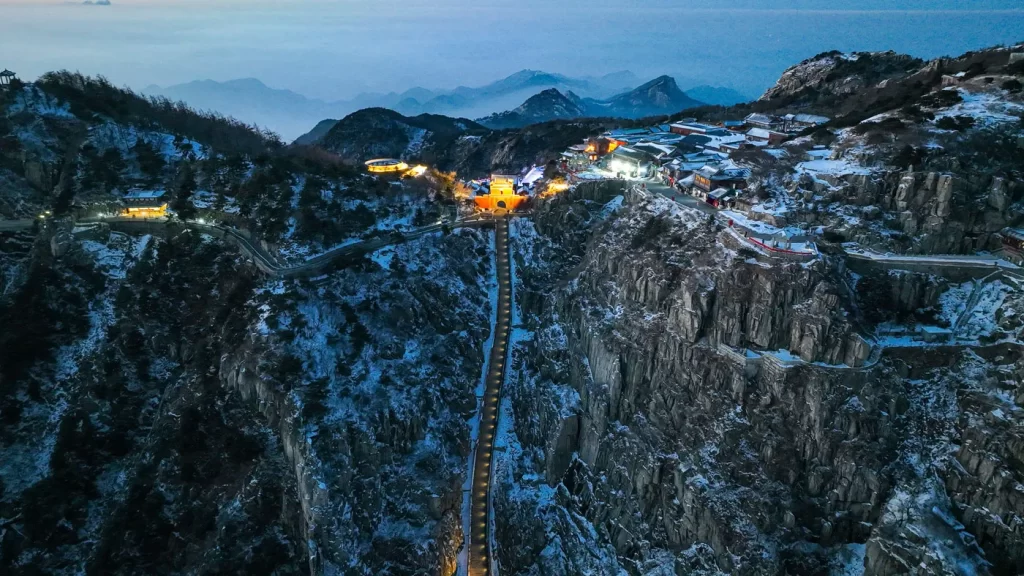
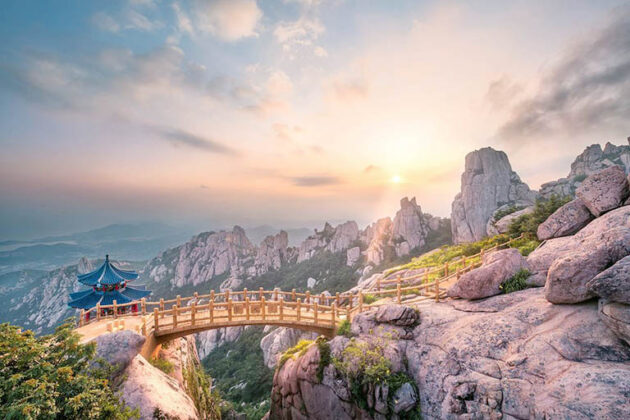


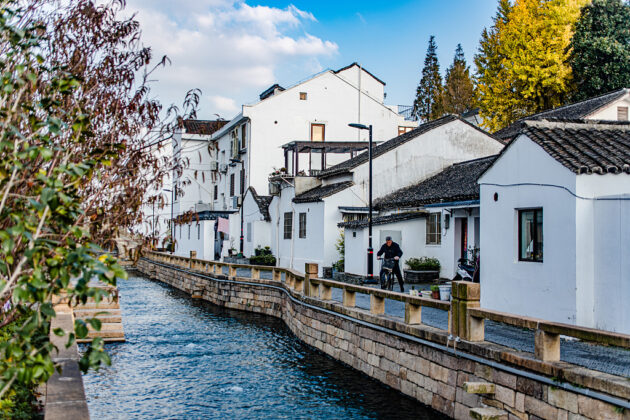
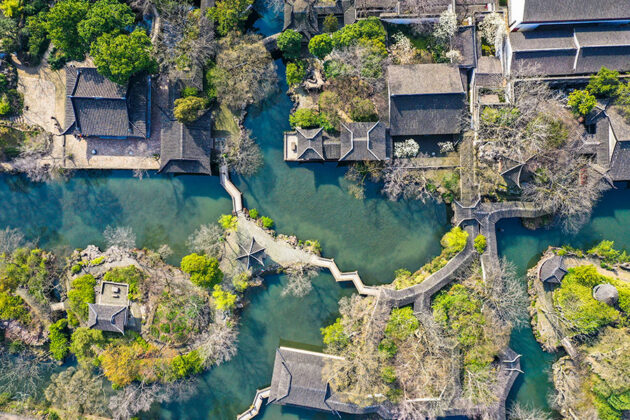

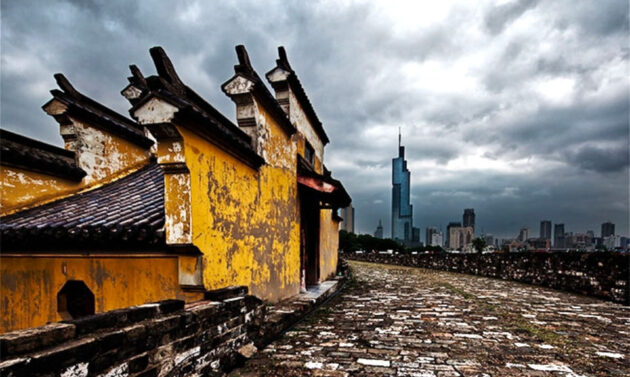

Leave a Reply